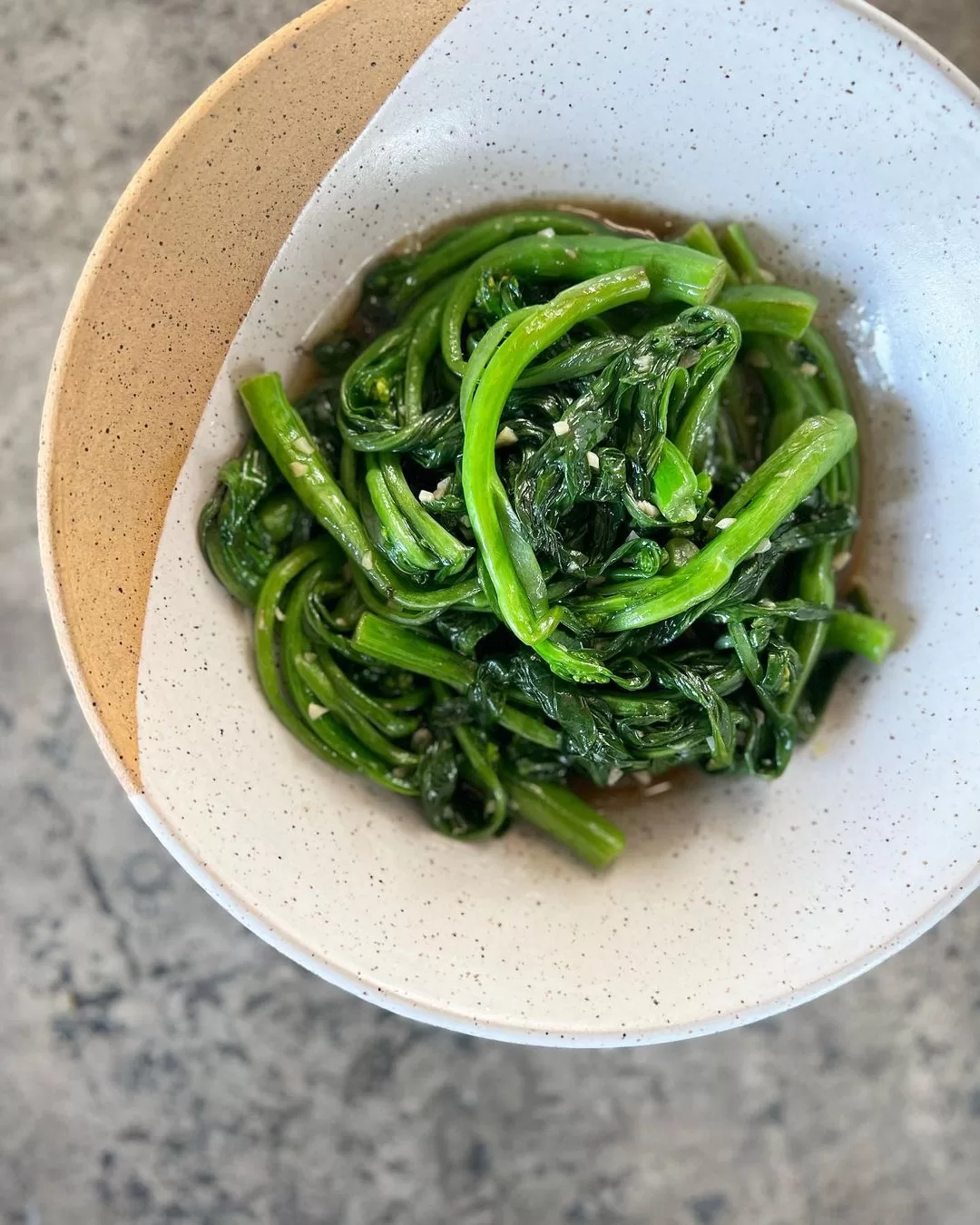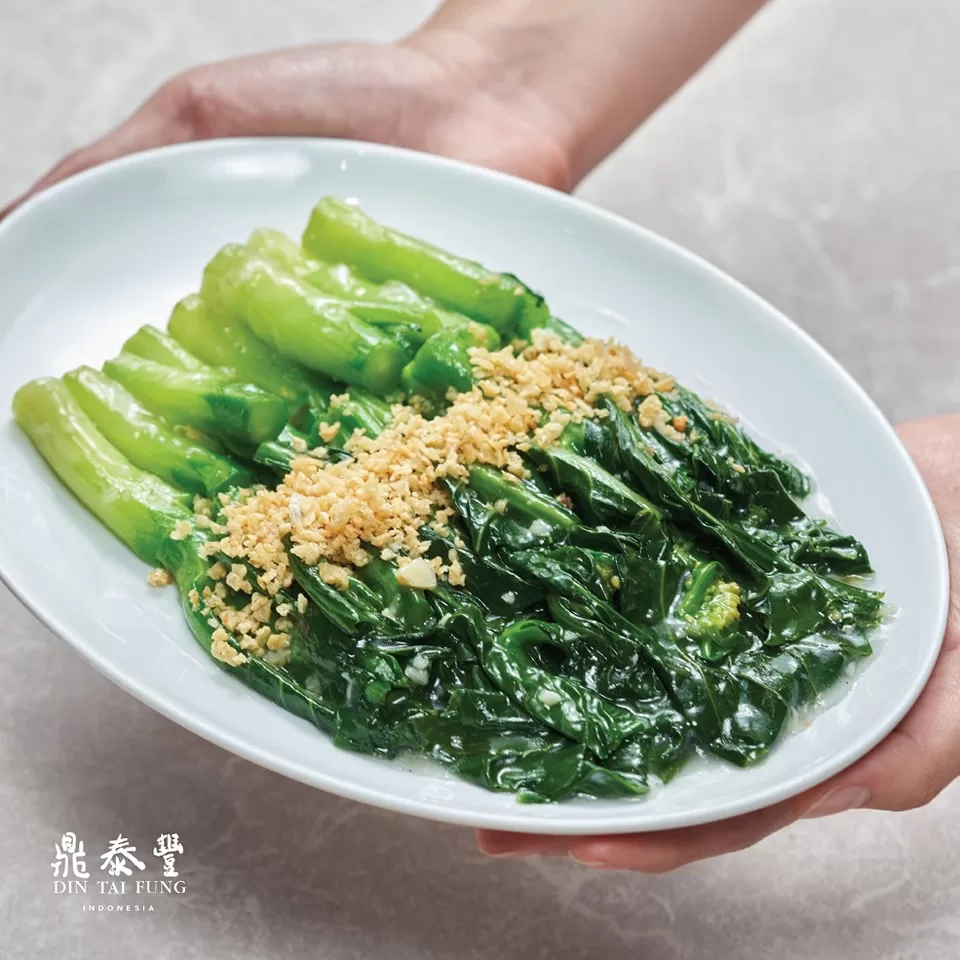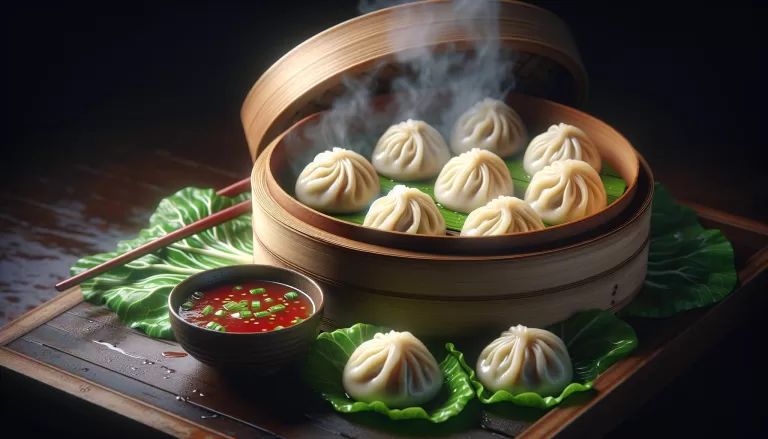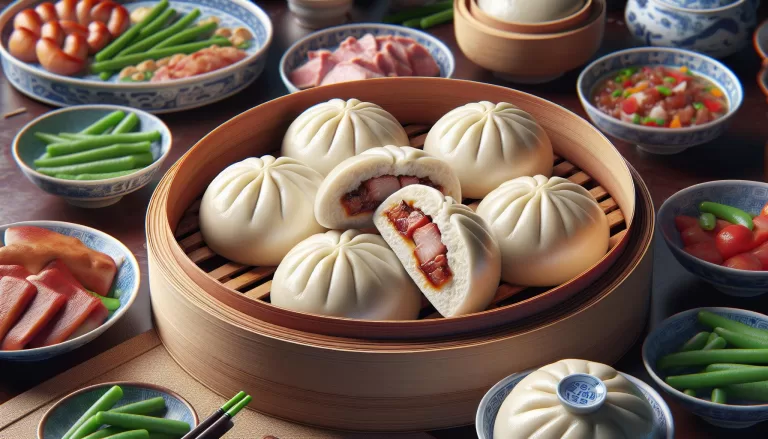Delicious Yu Choy Sum: A Classic Cantonese Vegetable Dish

Yu choy sum, also known as choy sum, is a classic Chinese green vegetable that is tender, sweet, and packed with nutrients. This leafy green has long been a staple ingredient in Cantonese cuisine and is now readily available in supermarkets across North America.
While yu choy sum is often served as a simple blanched vegetable with oyster sauce at dim sum restaurants, it can easily be prepared at home as a healthy side dish in a matter of minutes. Read on for a step-by-step guide to making flavorful yu choy sum in your own kitchen.
Ingredients You’ll Need
Making yu choy sum at home starts with gathering a few simple ingredients:
- Yu choy sum – Select heads with crisp, bright green leaves and firm stems. Avoid any yellowing. You’ll need about 1 pound.
- Garlic – Mince 4 cloves of garlic. You can also use garlic paste.
- Ginger – Peel and julienne a 1-inch piece of fresh ginger.
- Oil – Use high-heat cooking oil like canola, vegetable, or peanut oil. You’ll need 2 tablespoons.
- Seasonings – For flavor, you’ll need soy sauce, oyster sauce, sesame oil, and white pepper.
- Water – Have 2 cups of water ready for blanching.
- Rice – Cooked jasmine or white rice pairs perfectly with yu choy sum.
Step-by-Step Cooking Instructions
Follow these simple steps to make restaurant-quality yu choy sum at home.
1. Clean the Yu Choy Sum
Rinse the yu choy sum under cold running water. Gently swish the leaves and stems to remove any dirt or debris. Soak the vegetables for 10 minutes, swishing occasionally, then rinse again. Drain well in a colander.
2. Prepare the Aromatics
In a small bowl, combine the minced garlic, julienned ginger, 1 tablespoon oil, 1 teaspoon sesame oil, and a pinch of white pepper. Mix well and set aside.
3. Blanch the Yu Choy Sum
Bring a medium pot of water to a boil. Add 1 tablespoon oil and 2 teaspoons salt. Add the yu choy sum and submerge completely. Blanch for 1 minute, until the stems are bright green. Remove immediately and drain well.
4. Stir Fry the Aromatics
Heat a wok over high heat. Add the aromatics mixture and stir fry for 30 seconds until fragrant.
5. Add the Yu Choy Sum
Add the blanched yu choy sum to the wok. Continue to stir fry for 1 minute, coating the leaves well.
6. Season and Finish
Add 1 tablespoon oyster sauce and 1 teaspoon soy sauce. Stir fry for another 30 seconds. Remove from heat and transfer to a serving plate.
That’s all it takes to make simple yet delicious yu choy sum! For added flavor, try adding sliced shiitake mushrooms or shredded pork to the stir fry.
Choosing the Best Yu Choy Sum
Selecting fresh, high-quality yu choy sum is key to getting the best flavor and texture. Here are some tips:
- Look for crisp, bright green leaves with no yellowing or wilting.
- Stems should be firm and free of brown spots.
- Leaves should feel springy, not limp.
- Avoid thick or woody stems, which indicate maturity.
- Opt for heads with no flowers, which are past prime.
- Smaller heads will tend to be more tender.
When stored properly in the refrigerator, yu choy sum will keep for 3-5 days. Rinse just before cooking to remove any grit.
Health Benefits of Yu Choy Sum
In addition to being delicious, yu choy sum offers considerable health benefits. Here are some of the key nutrients found in yu choy sum:
- Vitamin C – Excellent source of immune-boosting vitamin C. Just one cup provides over 100% RDV.
- Vitamin A – Rich in antioxidant vitamin A for healthy vision and cell growth.
- Folate – Provides folate, an essential B vitamin that aids DNA synthesis.
- Iron – Good plant-based source of iron to prevent anemia.
- Fiber – Supplying fiber to support digestive and heart health.
With all of these nutrients packed into tender green leaves, it’s easy to see why yu choy sum is such a healthy addition to any meal!
Complementary Ingredients & Serving Suggestions
Yu choy sum is extremely versatile. Here are some ideas for complementary ingredients and serving suggestions:
- Proteins – Pair with shrimp, scallops, chicken or pork. Yu choy sum makes a nice bed for seared scallops.
- Noodles – Toss blanched yu choy sum with ramen, udon or rice noodles.
- Rice – Serve over a bowl of jasmine rice for a complete meal.
- Soups – Add to miso soup, wonton soup or congee.
- Sauces – Dress simply with oyster sauce, or try garlic sauce or black bean sauce.
- Eggs – Scramble with eggs for a quick veggie rice bowl.
- Dumplings – Mix chopped yu choy sum into the filling for homemade dumplings.
With so many possibilities, yu choy sum can easily become a weekly staple in your home cooking rotation. Enjoy!
Frequently Asked Questions
What does yu choy sum taste like?
Yu choy sum has a sweet, delicate taste. The flavor is mellower than bok choy. When cooked properly, the tender stems and leaves have a fresh, almost grassy flavor.
Can I substitute bok choy?
Regular bok choy can be used, but it has a stronger cabbage-like flavor. Baby bok choy is the closest substitute, but the texture is a bit crunchier. For best results, use yu choy sum.
Is yu choy sum the same as Chinese broccoli?
No. Chinese broccoli, also called gai lan, has thick flat stems and longer, darker leaves. It has a stronger, slightly bitter taste compared to the sweeter yu choy sum.
How do I store yu choy sum?
Store unwashed yu choy sum loosely wrapped in plastic in the refrigerator crisper drawer. It will keep for 3-5 days. Wash just before cooking.
Can I use frozen yu choy sum?
Frozen yu choy sum can be used but the texture will be much softer with some loss of flavor. For best quality, opt for fresh yu choy sum.
Is yu choy sum easy to find?
Thanks to rising popularity, yu choy sum is now widely available. Check the produce aisle at major supermarkets or visit your local Asian grocery store. Farmer’s markets are another great source when in season.
So don’t be intimidated to
try making yu choy sum at home! With this simple recipe and guide, you’ll be making restaurant-worthy yu choy sum in no time.










